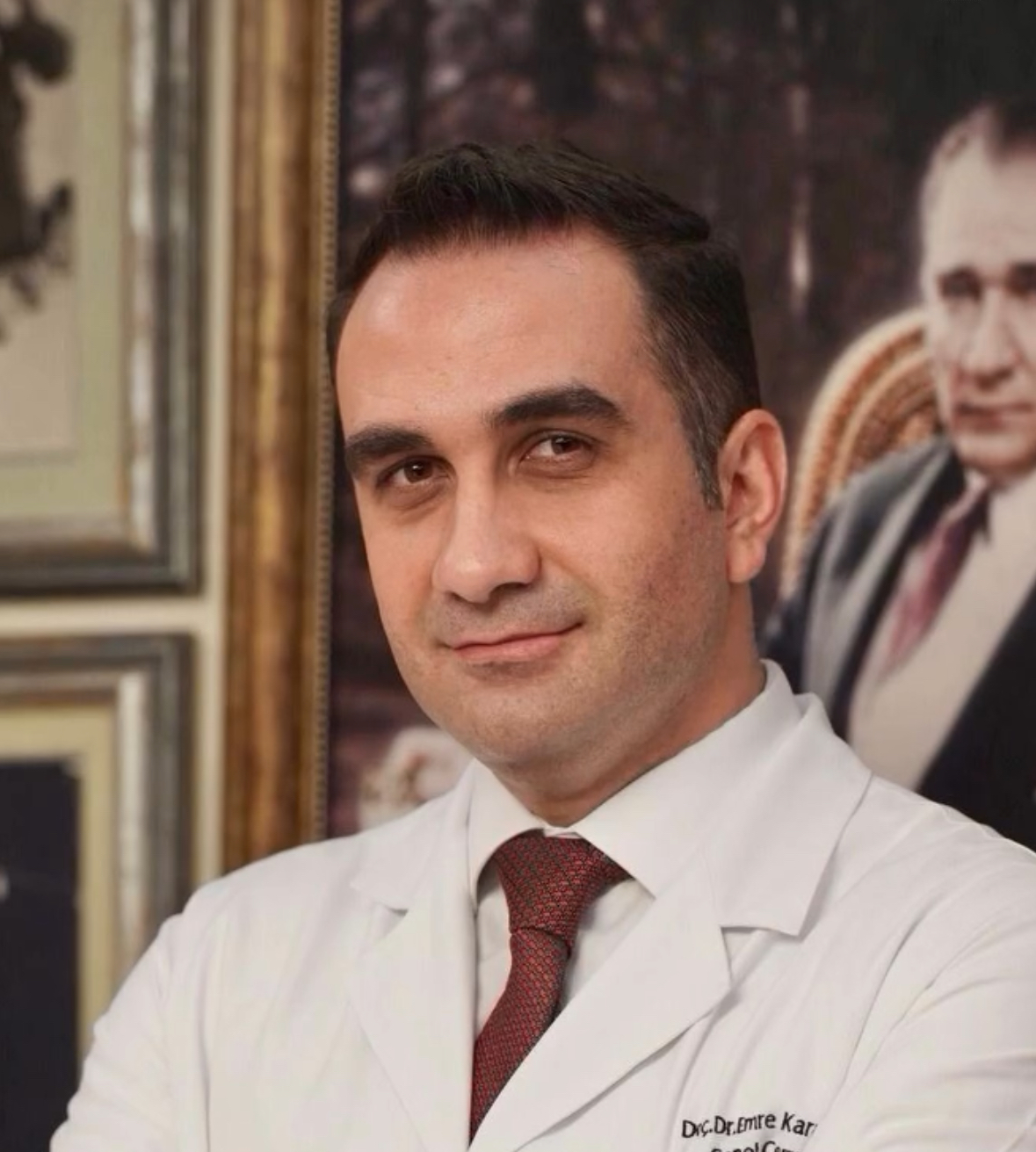
Using double J stent in liver transplant to prevent bile leak
Mehmet A. Haberal1, Emre Karakaya1, Sedat Yildirim1, Adem Safak1, Fatih Boyvat2, Ozgur Ozen2, Sedat Boyacioglu3.
1Department of General Surgery, Division of Transplantation, Baskent University, Ankara, Turkey; 2Department of Radiology, Baskent University, Ankara, Turkey; 3Department of Gastroenterology, Baskent University, Ankara, Turkey
Introduction: Despite all the developments in the field of surgery, the incidence of biliary complications after liver transplantation is 15-65%. With associated mortality of 10%. Biliary leaks are the most common biliary complications especially in early postoperative period. Various suture techniques, internal and external stents have been used in the literature to prevent biliary leaks. In this study, we evaluated the preventive effect of double J stents (djs) placed in the biliary anastomosis on biliary leakage.
Materials and Methods: Since 1988, we performed 676 liver transplant and 37 of these were between November 2022 and January 2024. We used 3Fr X 12cm DJS in the biliary anastomosis of 12 patients. Biliary anastomosis was performed using a 2.5 magnifying surgical loupe, via end bile duct to side Roux-en-Y hepaticojejunostomy (n = 2), hepaticoduodenostomy (n=2), and duct-to-duct choledochocholedochostomy (n=8). We performed interrupted suture with 6-0 absorbable material. After complete posterior row, we inserted djs into the intrahepatic bile duct. After that we complete the anastomosis with interrupted sutures of the anterior wall. In biliary anastomoses with multiple ducts, djs were placed separately in each duct.
Results: We used 14 DJS in the biliary anastomosis of 12 patients. Six of the recipients were pediatric and six were adults. All of the patients were living donor liver transplantation and ABO compatible. Of the surgical procedures, 3 were auxiliary partial orthotopic liver transplants and 1 was domino liver transplant. Of the transplanted grafts, 5 were left lateral lobe, 4 were left lobe, 2 were right lobe and 1 was whole graft. Eight of the biliary anastomoses were duct-to-duct (DTD) anastomosis, 2 were hepaticojejunostomy (HJS) and 2 were hepaticoduodenostomy. Two of the grafts had two bile ducts. In a graft with two bile ducts, we anastomosed the second duct with the cystic duct. In the other graft, we anastomosed the two bile ducts to the common bile duct as a single orifice. Bile leakage from the anastomosis was observed only in 2 patients. In first patient with anastomotic leakage, DJS was endoscopically removed and an internal stent was placed. The other patient’s anastomosis was hepaticoduodenostomy and DJS moved to jejenum. We operated for biliary leakage, reinserted DJS and performed primary repair of the anastomotic line. Complete recovery was achieved in both of patients without the need for additional intervention and without the development of stenosis.
Conclusion: In biliary anastomoses, DJS can be safely used to prevent anastomotic leaks in both pediatric and adult patients, regardless of graft type and anastomosis technique.
